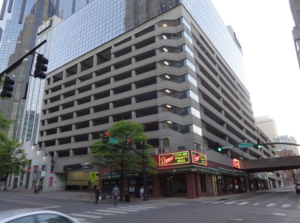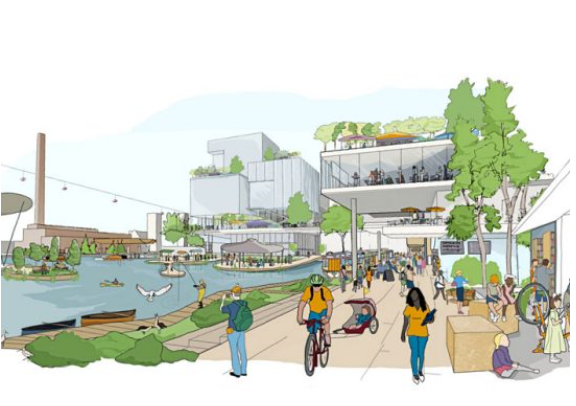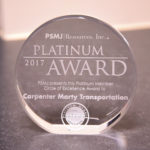Sidewalk Toronto will be one of the most significant and groundbreaking developments of our time. Technology, planning, and mixed-use intertwine to produce a sustainable development on 800 waterfront acres. Is Toronto ready for its traffic? Even though some have stated there will be no private vehicles on some or possibly all roadways, that is not the magic bullet some are expecting.
Urban living of the type being proposed is desirable to millennials. When downtown living was revitalized in many cities, initially it was thought millennials would drive less or not own a vehicle at all. A recent Atlantic Wire article states that millennials may drive as much as their parents did once they age and have children. In many markets, the decline in travel and vehicle ownership is not happening to the level cities expected. For example, couples living downtown often find that only one can work downtown. This leads the other to reverse commute to a suburban work location. Most transit systems are not geared for the reverse commute so many drive a private vehicle for this trip. It can even be an attractive commute because they are not traveling in the peak traffic direction with its congestion. This is just one travel pattern experts are seeing that is resulting in more personal vehicular travel than expected from urban dwellers. This will certainly occur in Sidewalk Toronto.

The residential densification of downtown areas has also led to trendy districts full of desirable office space, shopping, dining, and nightlife, which is attracting residents outside the district. This is leading to traffic congestion but also parking issues. Many of these downtown districts are playing catch-up by building parking garages on the limited amount of open space still available. These are costly and undesirable. Garages are likely not a part of the Sidewalk Toronto experiment. However, garages are likely to spring up around the area and/or existing garages will become overloaded due to the increased demand around Sidewalk Toronto. This parking will exist to service those that still wish to drive to the area. Of course, Toronto’s subway system is robust and will certainly carry many of the people attracted to the area for its nightlife and dining, but many will choose to drive.
Sidewalk Toronto planners be aware of the trends that are occurring in North America in similar downtown developments. Mixed-use developments are not the traffic and parking panacea once thought. Traffic and parking issues are not going away in urban developments and will not in Sidewalk Toronto. If personal vehicles are banned in the district, the traffic and parking issues will reside just outside the district. This will be due to district residents that do not wish to relinquish the freedom of a personal vehicle as well as suburbanites who want to visit the district via a personal vehicle trip.
I love the idea. I love the bold thinking. I would love to see it succeed the way they desire. However, Sidewalk Toronto’s success is still predicated upon people giving up personal vehicle travel. Creating streets sans cars does not change the mentality of those still set on personal vehicle travel as the best option. A wholesale change in thinking about personal vehicle travel has to take place before Sidewalk Toronto can reach its dreams.




One thought on “Sidewalk Toronto – Build It and They Will Come”
Michael Harkins
November 19, 2017 at 6:21 pmNicely put. Cheers!
Comments are closed.